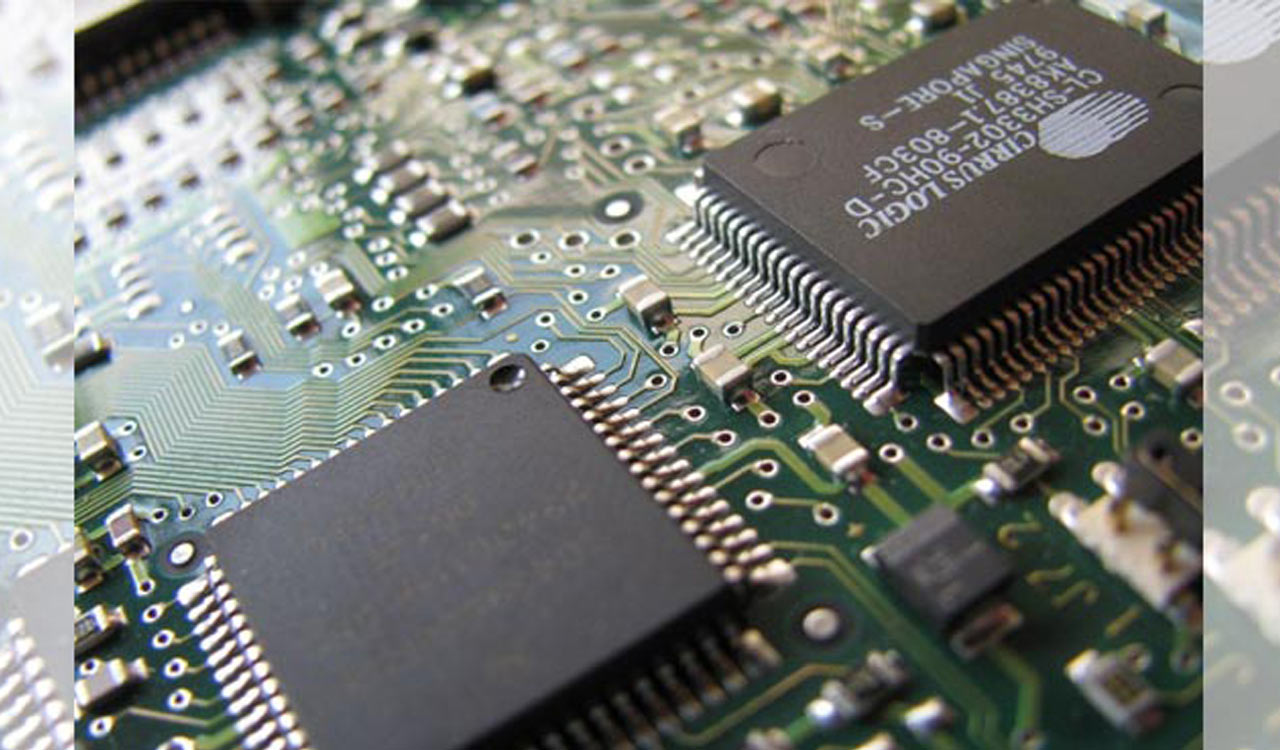There is a need for a mid-term evaluation of the Design Linked Incentive scheme, which is part of the Semiconductor Mission
Published Date – 29 January 2024, 11:45 PM

Representational Image
India’s ambitious goal to emerge as a global semiconductor hub has hit hurdles, raising questions over the efficacy of the country’s incentive policy. However, these hurdles are not unsurmountable. There is a need for a mid-term evaluation of the Design Linked Incentive (DIL) scheme, which is part of the Semiconductor Mission. Despite setting a target of supporting 100 startups over five years, only seven have been approved, prompting calls for a candid reassessment and revamping of the scheme. India aspires to become a global semiconductor hub, but the chip shortage has underscored weaknesses in the supply chain, emphasising the urgency of enhancing domestic manufacturing capacity. While the DLI scheme aims to provide access to design infrastructure and financial subsidies, the uptake has been disappointing. Restrictions on the extent of foreign capital in semiconductor startups pose a significant barrier. Besides, the absence of a mature startup ecosystem for hardware products in India reduces investor risk appetite. Since the semiconductor industry is highly competitive, India would need to compete with countries which have well-established chip manufacturing industries. Gaining a competitive edge and attracting global investments in the face of such competition pose a significant challenge. Building semiconductors domestically is important for India’s vision to emerge as an electronics manufacturing hub and eventually reduce its imports from foreign countries especially China, which remains the number one destination for the sector. The global chip supply chain is undergoing massive geopolitical pressure as the US and its allies are trying to rein in their dependence on Chinese semiconductor players and its markets.
Though India traditionally had a strong base for the semiconductor design industry, hardware manufacturing has remained elusive. Over the last two decades, several consortiums made multiple attempts at chip making but things never worked out. The global chips market is expected to grow to $1 trillion by 2030. Resource-intensive, it requires highly skilled workers and is already facing a competence gap. Besides the US and Japan, India should also explore collaboration opportunities with other countries such as Taiwan and South Korea to promote domestic manufacturing and reduce import dependency. In the current geopolitical scenario, trusted sources of semiconductors and displays hold strategic importance and are key to the security of critical information infrastructure. As India embarks on its silicon journey, semiconductor job openings are set to rise. With its talent pool, India needs to leverage the opportunity and find ways to provide hands-on and industry-relevant training to engineering students. Taiwan provides a cue. Its success is attributed to public-private partnerships that focus on training and certification. As part of the $10 billion plan, unveiled by the Centre over two years ago, production-linked and design-linked incentives are being offered to companies to establish chip and display industries. Any country that does not learn to make semiconductors will lag behind in the days to come.




